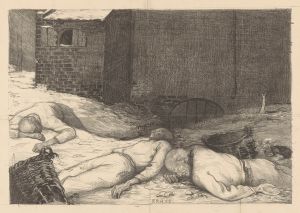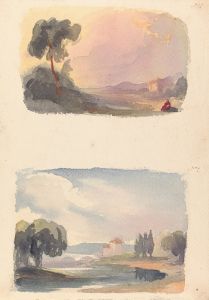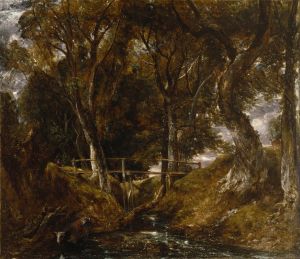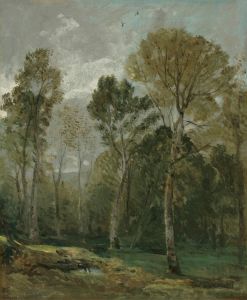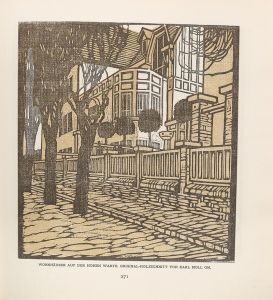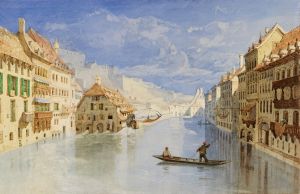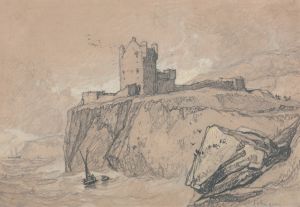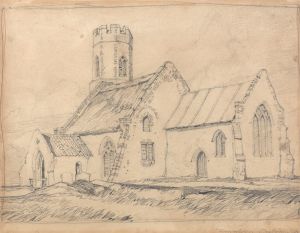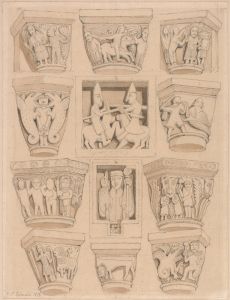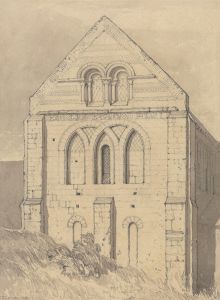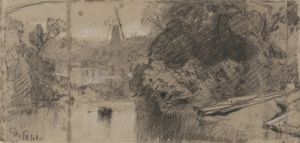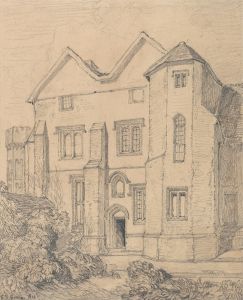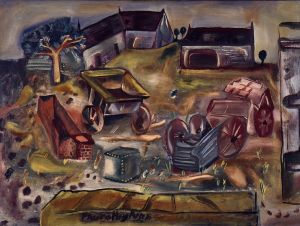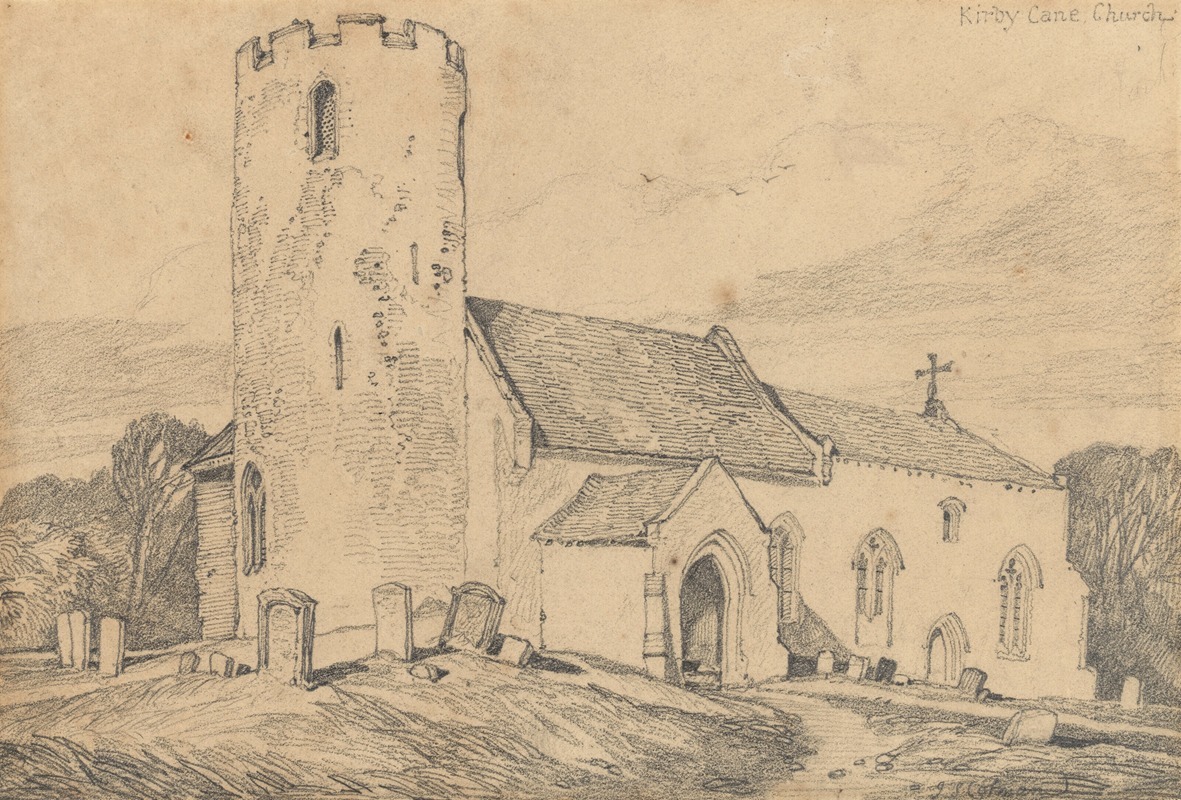
Kirby Cane church, Suffolk
A hand-painted replica of John Sell Cotman’s masterpiece Kirby Cane church, Suffolk, meticulously crafted by professional artists to capture the true essence of the original. Each piece is created with museum-quality canvas and rare mineral pigments, carefully painted by experienced artists with delicate brushstrokes and rich, layered colors to perfectly recreate the texture of the original artwork. Unlike machine-printed reproductions, this hand-painted version brings the painting to life, infused with the artist’s emotions and skill in every stroke. Whether for personal collection or home decoration, it instantly elevates the artistic atmosphere of any space.
John Sell Cotman was a prominent English painter and etcher, associated with the Norwich School of painters. He is well-known for his landscape paintings and architectural subjects, often capturing the serene beauty of the English countryside. One of his works, "Kirby Cane Church, Suffolk," exemplifies his skill in depicting architectural subjects with a keen eye for detail and composition.
"Kirby Cane Church, Suffolk" is a watercolor painting that showcases Cotman's adeptness in capturing the essence of English ecclesiastical architecture. The painting features the Church of All Saints in Kirby Cane, a village located in the county of Norfolk, not Suffolk as the title might suggest. This church is a historical building with origins dating back to the medieval period, and Cotman's portrayal highlights its architectural features with precision and clarity.
Cotman's technique in this painting reflects his mastery of watercolor, a medium that allows for subtle gradations of color and light. He employs a delicate palette to render the stonework of the church, capturing the texture and age of the building. The composition is carefully balanced, with the church positioned slightly off-center, allowing the surrounding landscape to frame the structure. This approach not only emphasizes the church as the focal point but also integrates it harmoniously into its rural setting.
The painting is notable for its atmospheric quality, a hallmark of Cotman's work. He skillfully uses light and shadow to create a sense of depth and dimension, giving the viewer a sense of the time of day and weather conditions. The sky, often a significant element in Cotman's landscapes, is rendered with soft washes of color, suggesting a tranquil, overcast day. This treatment of the sky complements the solid, enduring presence of the church, reinforcing the theme of timelessness and continuity.
Cotman's interest in architectural subjects was influenced by his travels and studies of historical buildings. His work often reflects a deep appreciation for the craftsmanship and design of these structures, and "Kirby Cane Church, Suffolk" is no exception. The painting serves as both a document of the church's appearance during Cotman's time and an artistic interpretation that captures its spirit.
The Norwich School, to which Cotman belonged, was a group of artists based in Norwich, England, during the early 19th century. They were known for their dedication to capturing the natural beauty and rural landscapes of Norfolk and the surrounding areas. Cotman, as one of the leading figures of this movement, contributed significantly to its legacy through works like "Kirby Cane Church, Suffolk."
In summary, "Kirby Cane Church, Suffolk" by John Sell Cotman is a fine example of his ability to blend architectural precision with artistic expression. The painting not only depicts a specific historical building but also conveys a broader sense of place and time, characteristic of Cotman's work. Through his use of watercolor, composition, and attention to detail, Cotman offers viewers a glimpse into the serene beauty of the English countryside and its architectural heritage.





